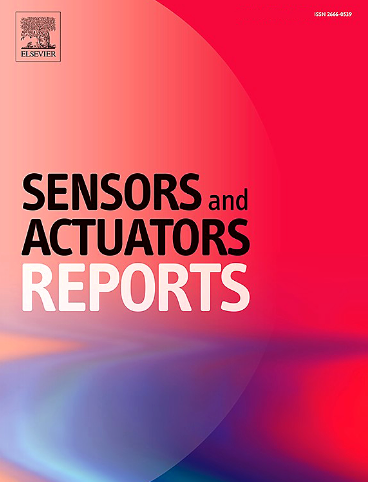微流控免疫分析法检测超低容量人血浆样品中SARS-CoV-2中和抗体
IF 7.6
Q1 BIOTECHNOLOGY & APPLIED MICROBIOLOGY
引用次数: 0
摘要
传染病暴发不仅是全球公认的对人类健康的威胁,而且还可能对任何国家的卫生保健系统造成重大压力。因此,有效的免疫战略,包括在人群中维持免疫保护,对于预防疾病爆发或限制其严重程度至关重要。然而,由于个体之间的内在差异,通常不清楚免疫持续多久。通过评估中和抗体的存在,可以确定疫苗接种效果,并最终确定个体的免疫反应。然而,为了更深入地了解抗体滴度与疾病严重程度之间的相关性,需要实施大规模的测试制度,以真正预测疫苗的效率。为了使中和抗体检测更广泛,我们开发了一种易于使用的微流控荧光珠免疫分析法,能够在30分钟内检测到中和抗体,检测限为46 IU/mL。作为实际例子,分析人血浆样品中针对SARS-CoV-2的中和抗体,需要的最大样本量为1.35µL。这是通过开发一种荧光珠免疫分析法来完成的,该方法主要检测在中和抗体存在的情况下,病毒包膜的三聚体刺突蛋白与血管紧张素转换酶2细胞表面受体之间的结合事件的抑制。通过在这种新型生物芯片平台上模拟病毒与宿主的相互作用,可以评估中和抗体对抗SARS-CoV-2感染的功效,从而深入了解个体的保护状态。本文章由计算机程序翻译,如有差异,请以英文原文为准。

Microfluidic immunoassay for the detection of SARS-CoV-2 neutralizing antibodies in ultralow-volume human plasma samples
Infectious disease outbreaks are not only a globally recognized threat to human health, they can also put a significant strain on any country’s healthcare system. Consequently, effective immunization strategies, including the maintenance of the immune protection within a population, are crucial to either prevent disease outbreaks or limit their severity. However, due to the inherent variability between individuals, it is often unclear how long immunity lasts. By assessing the presence of neutralizing antibodies, vaccination efficacy and, ultimately, an individual’s immune response can be determined. However, to gain a deeper understanding of the correlation between antibody titer and disease severity, large-scale testing regimes need to be implemented to truly predict vaccine efficiencies. To make neutralizing antibody testing broadly accessible, we developed an easy-to-use microfluidic fluorescent beads immunoassay, capable of detecting neutralizing antibodies within 30 min with a detection limit of 46 IU/mL. As a practical example, neutralizing antibodies against SARS-CoV-2 of human plasma samples were analyzed, requiring a maximum sample volume of 1.35 µL. This was accomplished by developing a fluorescent beads immunoassay that detects primarily the inhibition of binding events between trimeric spike proteins of the virus envelope and angiotensin-converting enzyme 2 cell surface receptor in the presence of neutralizing antibodies. By emulating the virus-host interaction on this novel biochip platform it is possible to assess the efficacy of neutralizing antibodies against SARS-CoV-2 infections, thus providing insight into an individual’s protective status.
求助全文
通过发布文献求助,成功后即可免费获取论文全文。
去求助
来源期刊

Sensors and Actuators Reports
Multiple-
CiteScore
9.60
自引率
0.00%
发文量
60
审稿时长
49 days
期刊介绍:
Sensors and Actuators Reports is a peer-reviewed open access journal launched out from the Sensors and Actuators journal family. Sensors and Actuators Reports is dedicated to publishing new and original works in the field of all type of sensors and actuators, including bio-, chemical-, physical-, and nano- sensors and actuators, which demonstrates significant progress beyond the current state of the art. The journal regularly publishes original research papers, reviews, and short communications.
For research papers and short communications, the journal aims to publish the new and original work supported by experimental results and as such purely theoretical works are not accepted.
 求助内容:
求助内容: 应助结果提醒方式:
应助结果提醒方式:


